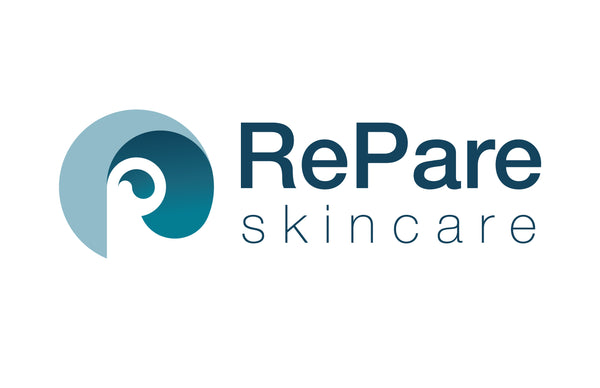When it comes to rejuvenating your skin, chemical peels are often hailed as a miracle solution. They work by removing dead skin cells, promoting new cell growth, and revealing a fresh, smooth complexion. However, as with any skincare treatment, safety is paramount.
While chemical peels offer numerous benefits, they must be performed correctly to avoid potential risks. This is why seeking professional guidance from a dermatologist is crucial. A skilled dermatologist or licensed esthetician can assess your skin type and choose the suitable peel strength for optimal results.
By taking these essential steps, you can ensure that your chemical peel is both effective and enjoyable. Remember, the ultimate goal is to achieve healthy, glowing skin safely and comfortably.

Understanding Chemical Peels: What You Need to Know
Chemical peels are designed to enhance the appearance of your skin by exfoliating its outermost layers. Understanding the different types of chemical peels—light, medium, and deep—is essential for identifying the right one for your skin type and goals.
-
Light Chemical Peels: These mild peels use gentle acids like alpha-hydroxy acid (AHA) to exfoliate the skin. Redness and irritation can occur, so it's important to follow aftercare instructions. Incorporate products like Repare's Soothing Hydrogel Cooling Mask to support recovery and keep your skin hydrated post-peel.
-
Medium Chemical Peels: Using acids like trichloroacetic acid (TCA), these peels provide more noticeable results by penetrating deeper layers of skin. After the peel, ensure you apply high SPF sunscreen and moisturizing products, like Repare Skincare's Rejuvenating Serum, to protect and nourish your skin.
-
Deep Chemical Peels: For significant skin issues, deep peels offer transformative results but come with longer recovery times and increased risks. Always consult a dermatologist for this type of treatment, as improper use can lead to skin damage.
Always remember to consult with your dermatologist before choosing a peel, especially for more intense treatments. They can help you determine the right type of peel for your skin type and concerns, ensuring optimal results.
Why Safety Matters: Key Tips for Chemical Peel Procedures
Safety is the top priority when undergoing a chemical peel. Choosing a qualified dermatologist ensures the treatment is tailored to your skin type, minimizing risks and maximizing benefits.

Preparation is equally important. Follow your dermatologist’s pre-treatment guidelines, which may include avoiding scented products or exfoliating agents. After your peel, protect your skin with soothing and hydrating products, like Repare Skincare's Calming Moisturizer, to promote healing and comfort.
For those with darker skin tones, discuss the risk of hyperpigmentation with your dermatologist. Special care may be needed to avoid adverse side effects.
By adhering to professional recommendations and choosing high-quality skincare products like those from Repare Skincare, you can experience the full benefits of your chemical peel safely.
The Science Behind Numbing Cream: How It Enhances Comfort
Using numbing cream during chemical peels is an effective way to enhance comfort. These creams contain lidocaine or prilocaine, which block nerve signals to minimize discomfort. Before a medium or deep peel, applying Repare Skincare's Numbing Cream can help alleviate the initial tingling or burning sensations.
Consult with your dermatologist to determine the appropriate concentration and application time for the numbing cream, ensuring safe and effective use. Incorporating a numbing cream, along with cooling compresses post-procedure, can make your peel experience much more comfortable.

What to Expect During a Professional Chemical Peel Procedure
Before your chemical peel, you'll meet with your dermatologist to assess your skin type and goals. On the day of your procedure, your skin will be thoroughly cleansed to remove oils and impurities. For medium or deep peels, Repare Skincare's Numbing Cream can be applied to ensure a pain-free experience.
After the peel solution is applied, your dermatologist may neutralize the chemicals and finish the treatment with a soothing ointment. Post-peel care is essential, and using products like the Repare Skincare Hydrogel Cooling Mask can aid in recovery, keeping your skin hydrated and reducing irritation.
Addressing Concerns: Are Chemical Peels Right for You?
Chemical peels are effective for treating issues like acne, hyperpigmentation, and fine lines, but they may not be suitable for everyone. It's important to consult with a dermatologist who can evaluate your skin type, discuss your goals, and determine the best treatment plan.
During your consultation, disclose any previous skin reactions or ongoing skin treatments. Your dermatologist will offer personalized advice to help you make an informed decision about whether a chemical peel is right for you.
Conclusion
Navigating the world of chemical peels requires knowledge and professional guidance. By consulting with a certified dermatologist and using high-quality products like those from Repare Skincare, you can safely achieve your skincare goals. Whether you’re preparing for a chemical peel or recovering afterward, products like Repare Skincare's Numbing Cream and Hydrogel Cooling Mask can help ensure a comfortable and effective experience.
Take the next step toward healthier, more radiant skin with Repare Skincare. Explore their full range of post-peel products and more at Repare Skincare, and always consult with your dermatologist before starting any new treatment.

